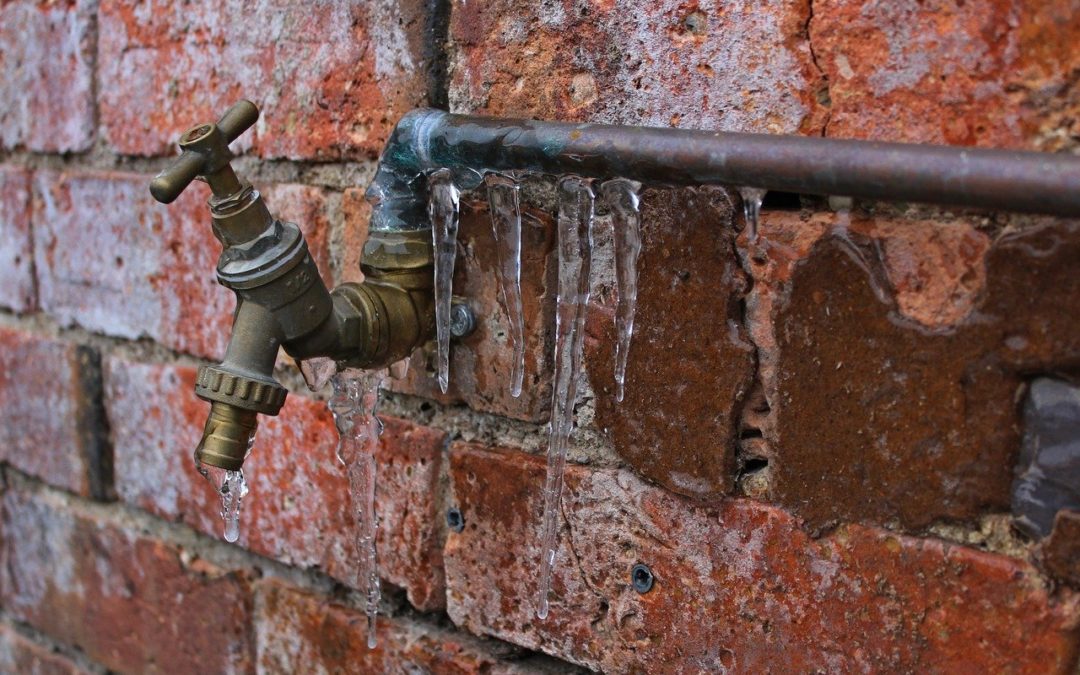Don’t forget about your pipes this winter! If your basement floods from a frozen pipe, VanDam & Krusinga is equipped with the right equipment and expertise to properly mitigate your home.
WHAT CASES FROZEN PIPES?
On low temperature days, (typically below 20 degrees Fahrenheit outside), we see a lot of issues with pipes freezing. One of the most common circumstances for frozen pipes are a combination of power outages and extremely cold weather.
WHAT CAUSES PIPES TO BURST?
In the winter, water coming into your house from outside is much colder than it was during the summer. The cold water causes your pipes to contract and in weaker parts, can cause the pipe to burst. The pipe bursts because it is no longer unable to contain the water pressures inside it.
WHICH PIPES ARE MOST AT RISK IN MY HOME FOR FREEZING?
Pipes that are in areas of high exposure and low insulation are most at risk. This often includes basements, outdoor pipes, and pipes in the exterior wall.
HOW CAN YOU PREVENT FROZEN PIPES THIS WINTER?
- Keep Water Faucets Running
In very cold temperatures, keep one or two faucets running slowly. Consistent water movement through your pipes system should prevent them from freezing. - Direct Warm Air To Cold Areas Of Your Home
Often, the pipes that freeze are located near an outside wall or a window, so be sure to direct warm air to any colder areas of your home. (Start in your basement and look for any pipes near the exterior of the home). - Leave Your Cabinet Doors Open
If the sink in your kitchen is on an outside wall, leave cabinet doors open to allow warm air into the cabinet. It can be good to leave your kitchen faucet running during extremely cold temperatures. - Disconnect Your Hoses From The Outside Faucets
Disconnect your hoses from all outside faucets. If you leave a hose connected, water will not be able to drain out of your hose. When it freezes it can break the device. - Install Heat Tape on Bare Pipes
There is a product called heat tape that can be installed DIY and will warm pipes as needed during cold weather. - Seal Leaks That Allow Cold Air Into Your Home
Look for air leaks around electrical wiring, dryer vents, and pipes. Use caulk or insulation to keep the cold out. With severe cold, even a tiny opening can let in enough cold air to cause a pipe to freeze. - Monitor Your Home’s Temperature
It is important to keep temperatures from dropping below 32 degrees in any area of your home where water lines and pipes are located.
If frozen pipes in your home burst, Call Vandam & Krusinga at 1.800.493.8673. One call does it all!




